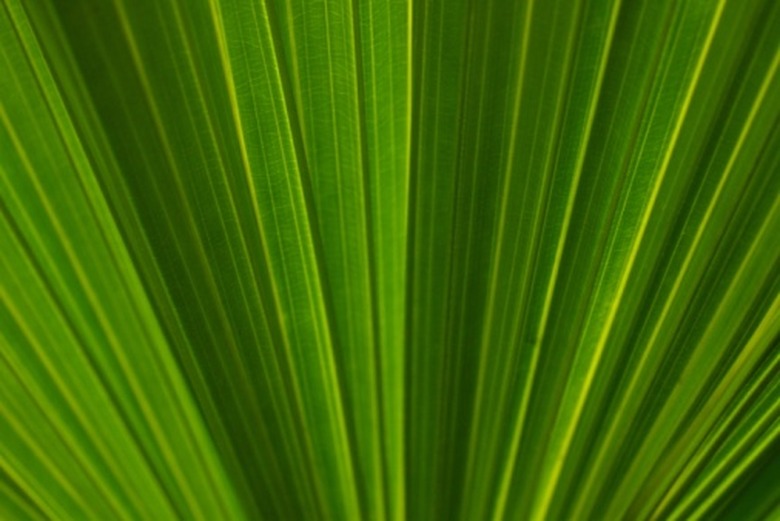The Growth Rate Of The Sylvester Palm
With its feathery, bluish leaves, the Sylvester Palm is a popular landscape specimen. Also known as a Wild Date Palm or India Date Palm, this showy tree is one of six species in the genus "Phoenix."
Mature Size
At maturity, the Sylvester Palm reaches up to 40 or 50 feet tall, with a 25-foot-wide spread. At its base, the trunk is between 13 and 18 inches in diameter.
Time Frame
Sylvester Palms are typically sold and transplanted as saplings, beginning with year-old plants that are about a foot tall. At 10 to 12 years of age, the tree is around 10 feet tall.
Considerations
Adequate sunlight is necessary for the Sylvester Palm to grow at its maximum rate; shaded trees will grow more slowly. Although drought-resistant, Sylvester Palms will also grow better if they receive regular water.
- With its feathery, bluish leaves, the Sylvester Palm is a popular landscape specimen.
Care Of Sylvester Palm Trees
Sylvester palm trees have a number of other common names, including India date palm, wild date palm, silver date palm, and sugar date palm. Although the Sylvester palm is native to India, Pakistan and Bangladesh, it also thrives in United States Department of Agriculture growing zones 8 through 11. Examine the planting location for the Sylvester palm throughout the course of the day to ensure that it receives full to partial sunlight for at least six hours. Cut off all dead fronds as closely as possible to the trunk using loppers. Fertilize the Sylvester palm using a slow-release granular fertilizer such as 15-5-15 or 12-4-12. In addition, look for a fertilizer bag that contains microelements such as magnesium or iron. Fertilize from spring through the fall months.
- Sylvester palm trees have a number of other common names, including India date palm, wild date palm, silver date palm, and sugar date palm.
- Fertilize the Sylvester palm using a slow-release granular fertilizer such as 15-5-15 or 12-4-12.
References
- USDA Plants Profile: Classification for Kingdom Plantae Down to Species Phoenix sylvestris (L.) Roxb.
- Florida Palm Trees: Sylvester Date Palm Tree
- Keep it Green: Sylvester Palm Trees
- Purdue University; Date; Julia F. Morton; 1987
- Purdue University; 15 Phoenix sylvestris Roxb.; C. Parmar et. al.; 1982
- Jungle Music Palms & Cycads; Palm Tree Care, Fertilizing Palm Trees; Phil Bergman; September 2011
